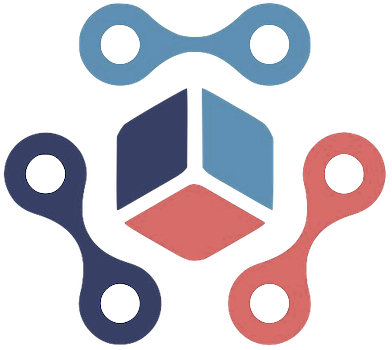Investing wisely in the modern economy requires a clear understanding of asset risk, particularly when it comes to small and medium-sized enterprises (SMEs). Unfortunately, the reality is starkly different: investors often face a severe information vacuum. Unlike large corporations that are subjected to rigorous reporting requirements, SMEs operate in the shadows, with scant or entirely absent financial disclosures. This lack of transparency has historically posed a grave hurdle for investors trying to assess the creditworthiness of these businesses. What’s more, the limited data available creates a significant underestimation of SMEs’ actual risks and potential.
In a landscape where nearly 10 million SMEs exist in the U.S. alone—compared to a meager 60,000 publicly traded entities—one cannot help but acknowledge the glaring disparity in data availability. Most financial assessments rely on historical performance metrics, but without a robust database that captures these metrics for SMEs, making informed lending or investment decisions becomes an ineffectual exercise. This pressing need for accurate SME data is what makes recent advancements in data-science efforts profoundly exciting.
The Evolving Landscape with RiskGauge
In an effort to bridge this gap, S&P Global Market Intelligence has introduced RiskGauge, an innovative platform that leverages artificial intelligence to scavenge financial information from over 200 million websites. This sophisticated tool extracts data from various sources and synthesizes it into actionable insights, increasing S&P’s ability to evaluate SMEs fivefold. This transformation represents more than mere quantitative growth; it indicates a qualitative leap forward in understanding the creditworthiness of SMEs.
S&P’s technical teams, under the direction of Moody Hadi, worked tirelessly to evolve the technology that powers RiskGauge. What was once limited to merely two million SMEs is now expanded to ten million, revolutionizing the risk assessment landscape. The architecture built on Snowflake allows for seamless data aggregation from disparate sources, amalgamating unlabeled firmographic data into cohesive risk scores that account for market behavior, operational activities, and financial indicators.
The Mechanics of Data Processing
Bringing this transformational tool to fruition required intricate data processing protocols. RiskGauge employs a scientific data pipeline, utilizing crawlers and miners that meticulously gather relevant company information exposed on public domains. The scraping process undergoes stringent pre-processing to eliminate non-essential elements like JavaScript tags—emphasizing the preservation of human-readable text. The effort reflects an understanding that in the age of information overload, clarity is paramount.
What’s truly innovative is the algorithmic approach that RiskGauge employs. By implementing ensemble algorithms, which amalgamate predictions from various models, the platform validates the reliability of the scraped company data. This complex interplay of different algorithms not only improves accuracy but also builds a resilient framework that can adapt fluidly to the evolving landscape of the web.
The Future of SME Financing
The implications of RiskGauge extend far beyond technical prowess; they have the potential to redefine the relationship between investors and SMEs. Financial institutions, banks, and institutional investors can analyze rich data sets on SMEs that were previously an enigma—enabling them to make informed lending decisions based on reliable credit scores and historical performance metrics. In theory, this progression could lead to a more robust lending ecosystem where SMEs are no longer relegated to the sidelines of financial markets.
However, this isn’t merely an exercise in data collection. The insights produced by RiskGauge illuminate not just creditworthiness but other crucial factors like sector performance and market dynamics, giving investors more holistic perspectives on potential opportunities. For large corporations looking to establish or deepen supplier relationships, the insights can facilitate informed lending terms that promote mutually beneficial relationships.
Challenges and Refinements on the Path Forward
Nevertheless, the road to achieving this level of data transformation is laden with challenges. The sheer volume of data necessitates a balance between speed and accuracy, which can often conflict with one another. Hadi and his team have acknowledged these hurdles, committing themselves to the ongoing refinement of algorithms to enhance both computational efficiency and data precision.
Moreover, the digital landscape is chaotic and dynamic, with no universal website standards guiding data formatting. As Hadi points out, many sites operate far from structured templates, necessitating an adaptable scraping strategy that refuses to be defeated by inconsistencies. This adaptability is a core strength of RiskGauge, allowing it to navigate the complexity of the web in its quest for actionable data.
In summation, while the journey toward comprehensive SME financial visibility is fraught with difficulties, tools like RiskGauge represent a beacon of hope in overcoming these challenges. By leveraging advanced technologies, the financial world is poised on the brink of a significant breakthrough that could fundamentally alter the dynamics of investment in SMEs. The age of data transparency may finally be dawning for small and medium-sized enterprises.

